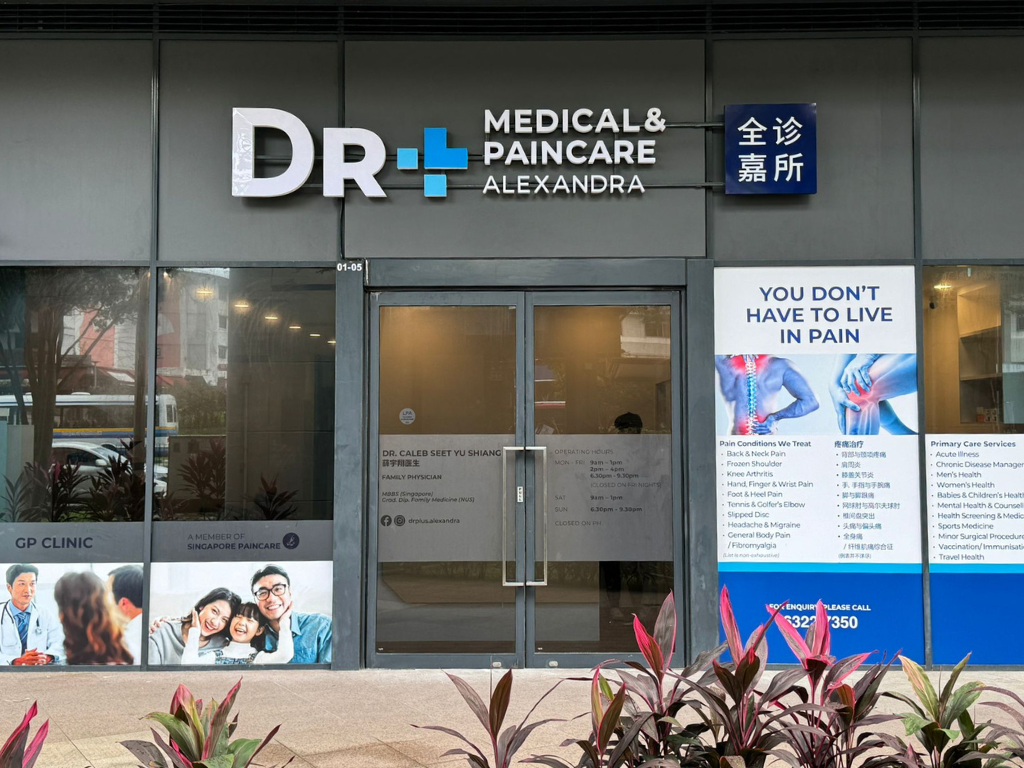Intra-articular Injections

Intra-articular Injections
Degeneration of joints can lead to inflammation and pain. Intra-articular injections are administered to address swelling and effusion in the affected joints. Simultaneously, anti-inflammatory agents and viscosupplements (a gel-like fluid called hyaluronic acid) are used to enhance the durability and overall health of the impacted joints.
This comprehensive approach aims to alleviate discomfort and promote better joint function, contributing to an improved quality of life for individuals dealing with joint degeneration.
Who can benefit from Intra-articular Injections?
The purpose of Hyaluronic Acid Injection (HA) is to restore the beneficial composition of synovial fluid found in healthy joints.
Intra-articular injections prove to be an effective treatment for mild to moderate osteoarthritis of the knees. It works by easing pain, minimising friction, and ultimately enhancing the functionality of the knee joint.
This improvement enables patients to stay active, engage in proper physiotherapy, and undergo rehabilitation. When administered correctly, Viscosupplementation has the potential to delay the necessity for surgery, specifically Total Knee Replacement.
Who Is an Ideal Candidate for Intra-articular Injection?
The ideal candidate for intra-articular injection typically includes individuals experiencing joint-related issues, such as arthritis, bursitis, or tendonitis. These injections are often recommended when localised treatment is necessary to alleviate pain and inflammation within a specific joint.
Struggling With Persistent Pain?
Consult one of our DR+ today for a detailed consultation & personalised treatment plan.
Frequently Asked Questions
How Long Do the Effects of Intra-articular Injections Last?
The duration of relief varies depending on the type of medication used and the individual’s condition. Corticosteroid injections typically provide relief for several weeks to months, while hyaluronic acid injections may last longer.
Are Intra-articular Injections Painful?
Most patients experience minimal discomfort during the procedure. Local anaesthesia is often used to numb the injection site, reducing pain.
How Many Injections Will I Need?
The number of injections needed depends on the individual’s response to treatment and the specific condition being treated. Some conditions may require a single injection, while others might need a series of injections.
Can I Drive Myself Home after Receiving an Intra-articular Injection?
While the procedure itself is minimally invasive, some patients might experience temporary discomfort or dizziness. Have someone accompany you or arrange for transportation post-procedure.
Can I Continue My Regular Activities After the Injection?
Patients should rest the treated joint for a day or two following the injection. Normal activities can generally be resumed shortly after.
Are There Any Alternatives to Intra-articular Injections?
Alternatives may include oral medications, physical therapy, lifestyle modifications, or in more severe cases, surgical interventions.
Is There a Risk of Complications?
While complications are rare, potential risks include infection, allergic reactions, and joint damage with repeated injections.
Who Should Not Receive Intra-articular Injections?
Patients with joint infections, certain allergies, uncontrolled diabetes, or those on specific medications may not be suitable candidates for intra-articular injections.
OUR CLINICS
#01-54 The Midtown, Singapore 533971
- Mon to Fri: 8:00am – 12:00pm, 1:00pm – 3:00pm, 6:00pm – 9:00pm
- Sat: 8:00am – 12:00pm
- Sun & PH: Closed
- Mon, Tue & Thu: 9am to 1pm, 2pm to 4pm, 6:30pm to 9:30pm
- Wed & Fri: 9am to 1pm, 2pm to 4pm
- Sat: 9am to 1pm
- Closed on Sun & PH
-
(Kindly note that clinic’s last registration is 15mins before closing time.)
Singapore 730018
- Mon: 8:00am – 9:00pm
- Tue – Fri: 8:00am – 4:30pm, 7:00pm – 9:00pm
- Sat: 8:00am – 12:30pm
- Sun & PH: Closed
-
Kindly note that clinic’s last registration is 15mins before closing time.
-
(Last registration timing – Mon: 8:45pm, Tue – Fri: 4:15pm & 8:45pm, Sat: 12:15pm)
Thomson Imperial Court, Singapore 574424
- Mon to Wed: 8:30am – 10:00pm
- Thu: 8:30am – 3:00pm, 6:00pm-9:30pm
- Fri: 8:30am – 6:00pm
- Sat & Sun: 9:00am – 3:00pm
- PH: Closed
-
(Kindly note that clinic’s last registration is 15mins before closing time.)
- Mon, Wed, Thu: 8:00am – 2:00pm, 6:00pm – 9:00pm
- Tue & Fri: 8:00am – 2:00pm
- Sat: 8:00am – 12:00pm
- Sun: 10:00am – 1:00pm
- PH: Closed
988 Upper Serangoon Rd, Singapore 534733
- Mon to Fri: 8:30am – 2:30pm, 6:00pm – 10:00pm
- Sat & Sun: 8:30am – 12:30pm
- PH: Closed
-
(Kindly note that clinic’s last registration is 15mins before closing time.)
- Mon, Wed & Fri: 8:30am – 12:30pm, 1:30pm – 4:30pm, 6:00pm – 9:00pm
- Tue & Thu: 8:30am – 12:30pm, 1:30pm – 4:30pm
- Sat: 8:30am – 12:30pm
- Closed on Sun & PH
-
(Kindly note that clinic’s last registration is 15mins before closing time.)
Need Advice On Your Condition?
Please fill out the form and we will be in touch with you shortly.







